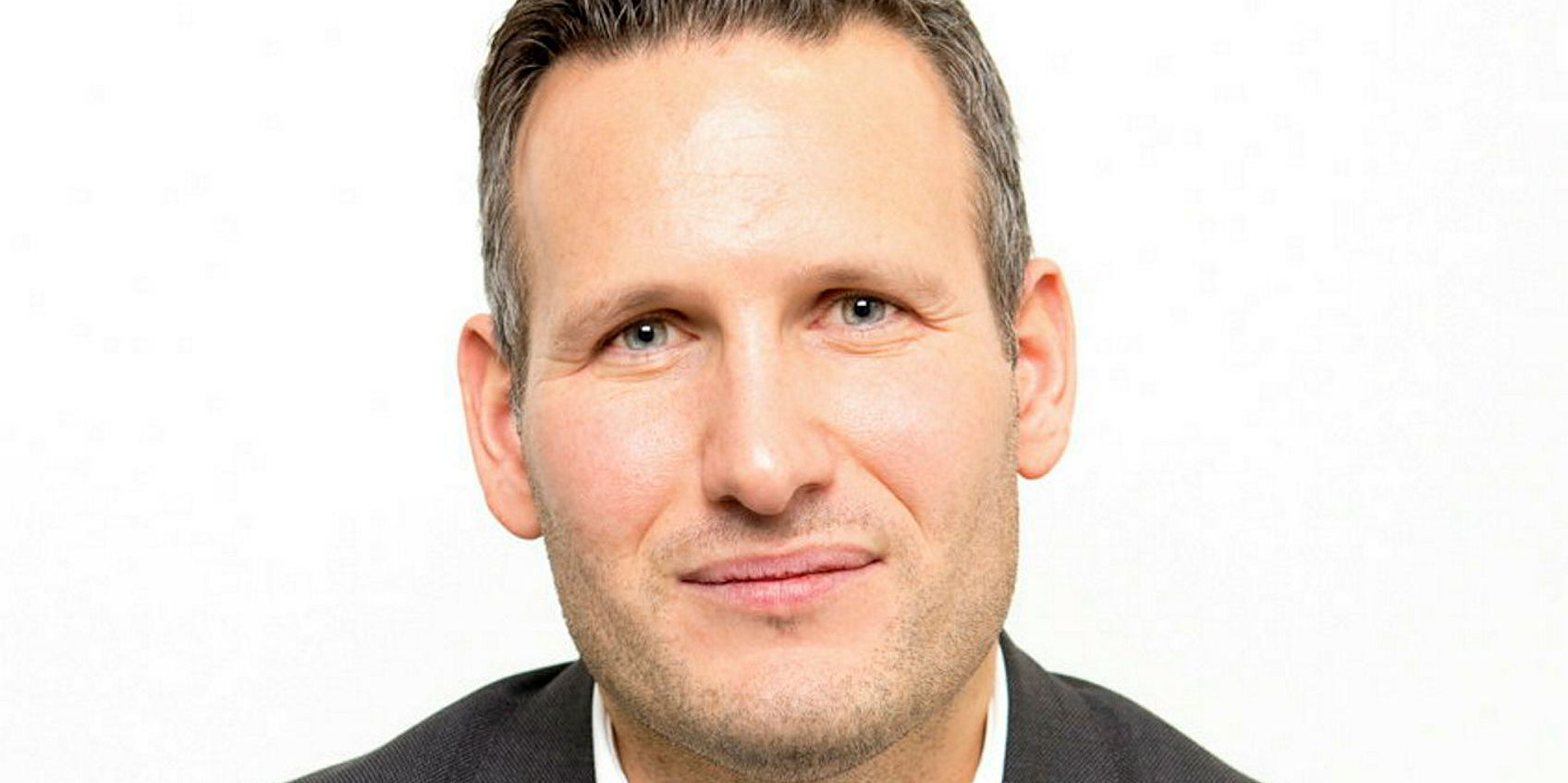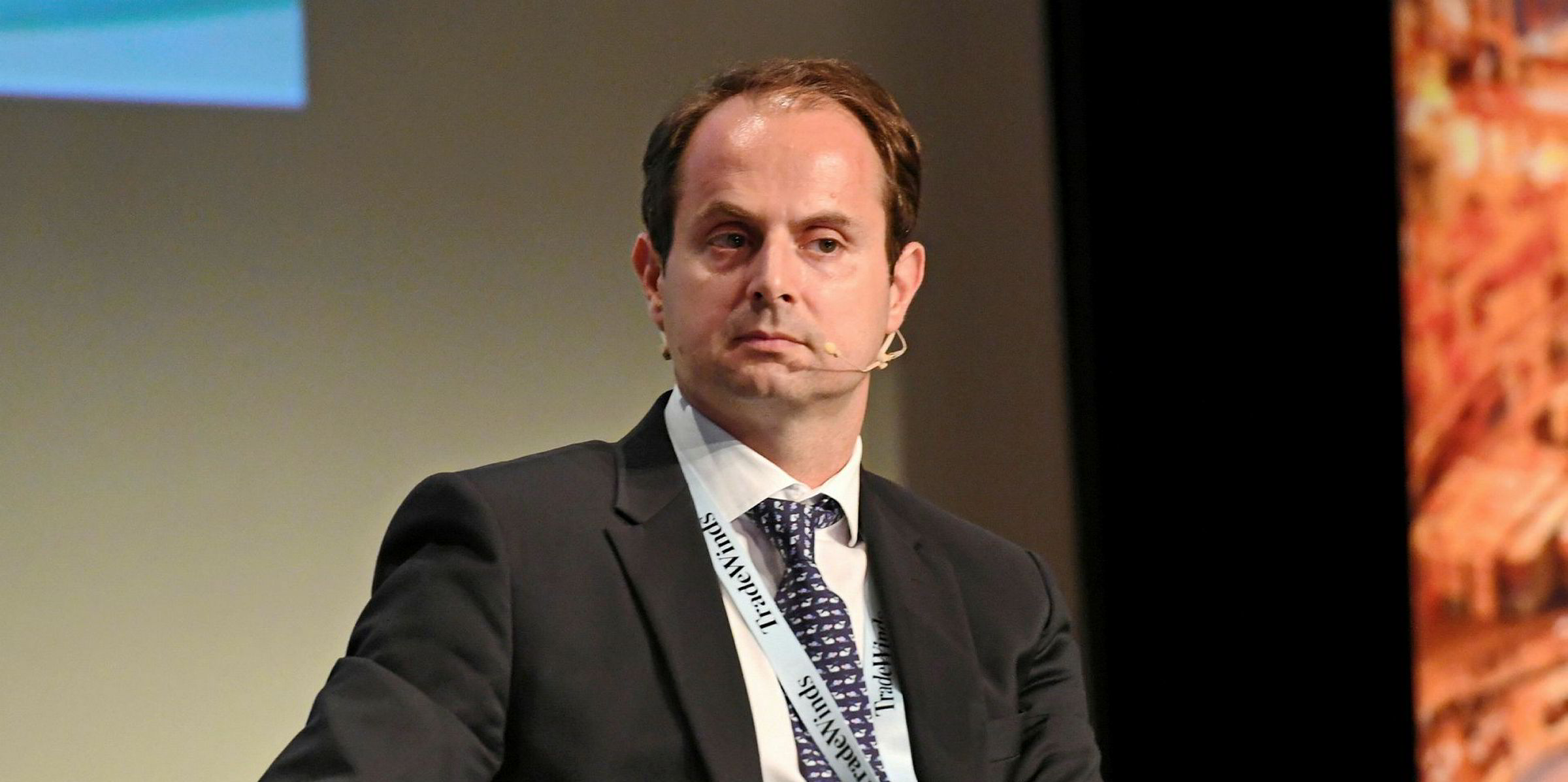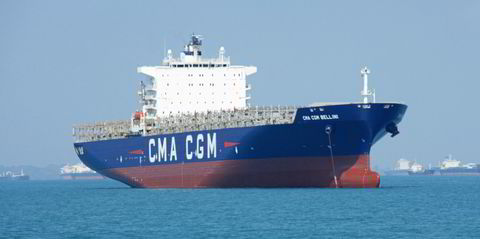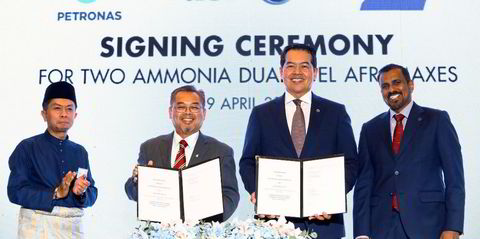A rapidly evolving LNG shipping market is throwing up some burning questions for all those in the market.
TradeWinds asked four influential shipowners with different experiences of the business to answer some of the key issues: MOL managing executive officer Kenta Matsuzaka, Capital Gas director Jerry Kalogiratos, Celsius Shipping chief executive Jeppe Jensen and Flex LNG chief executive Oystein Kalleklev.
Q: Have enough LNG newbuildings been contracted by shipowners to satisfy near and midterm demand or is there still a requirement for additional tonnage ?

Kenta Matsuzaka: “Yes, certainly. We expect around 100 ships will be additionally required by 2025.”
Jerry Kalogiratos: “We believe that the market fundamentals are strong for LNG shipping. Despite the rise of speculative orders over the last two years, we expect that there are still new post-FID [final investment decision] liquefaction projects that will have a difficult time securing shipping supply, especially in an LNG commodity market that supports the sale of US gas to the Far East. In addition, we expect there will be also incremental demand for modern vessels from replacement of older tonnage.”
Oystein Kalleklev: “I think it’s time that somebody takes away the punch bowl so we can sober up and avoid a bad hangover. From 2024 onwards, however, more ships are required for the big projects coming onstream. Medium term there is uncertainty related to how many of the older inefficient ships will be retired thus creating demand for newer ships."
Jeppe Jensen: “Different shipowners have different views. More tonnage is definitively needed for the new projects and replacement for steam turbine vessels.”
Q: What will be the effect of the expected influx of project-related business on the LNG newbuilding market?

Oystein Kalleklev : “The project orders will lock up a lot of yard slots, which means fewer slots for independent shipowners and that’s one of the main reasons we have seen the flurry of orders recently.
“The ongoing consolidation of yard capacity should generally be supportive of newbuilding prices, but factors like a strong US dollar, steel prices and competing orders like VLCCs and large containerships will also be influential in determining price.”
Kenta Matsuzaka: “These charterers require a 174,000-cbm size ship with an X-DF or ME-GI propulsion system. As a result, a 135,000-cbm, even a 145,000-cbm size ship will be kicked out of service.”
Jerry Kalogiratos: “We expect the main effect to be an increase in shipbuilding prices. If we add up all the newbuilding requirements that have been discussed over the last few months, including Qatargas, Anadarko and ExxonMobil, there is not a lot of shipbuilding capacity left for other projects or for speculative orders.
“On the chartering side, LNG shipping has always been a primarily project-based business and while we expect spot activity to pick up, we expect the base to be project-based. Capital Gas is seriously looking into these project requirements, as we aim to further grow Capital Gas and diversify our customer base.”
Jeppe Jensen: “The effect is that the LNG industry will continue to grow and trades will develop further.”
Q: What technological advances for LNG carriers are charterers focusing in on and why?

Jerry Kalogiratos: “The technological advancement for LNG carriers over the last 10 years has been significant and unparalleled compared to other commercial shipping segments. Our X-DF, Mark III Flex 174,000-cbm vessels on order are probably up to 50% more efficient on a cubic metre of LNG per mile metric, versus a 10-year-old steam ship.”
“This change is something that is very much of interest to charterers and something they are now only able to properly evaluate as more of these vessels have delivered and their performance differential becomes more apparent.
“Given the maturity of the propulsion and containment systems technology, we do not expect any such step change going forward. However, we expect the industry to be more focused on incremental efficiencies that can be achieved through design optimisation for lower speeds and other power saving devices, which can incrementally reduce unit costs as well as GHG emissions.”
Jeppe Jensen: “Unit freight cost, the lowest possible fuel consumption and the lowest possible emissions.”
Oystein Kalleklev : “The LNG business model is adapting to a more flexible future with the commoditisation of LNG. Hence charterers are looking for large, efficient and flexible ships that are more suitable for such trade.
“There is also a general trend of charters focusing more on emissions like CO2 and methane slip, which will have detrimental effect for the older inefficient ships of which there are plenty in this industry.”
Kenta Matsuzaka: “Low boil-off, low consumption, wide compatibility and standard size, rather than matching the vessels to the trade because [today] LNG carriers may be traded anywhere.”
Q: Will the older vessels in the world fleet find alternative business as their long-term charters end and they are redelivered or do they need to be scrapped?

Jeppe Jensen: “The older vessels have a significant disadvantage to newbuildings with double fuel consumption, higher unit freight cost and significantly higher emissions and we believe the commercial lifespan for steam turbine vessel will be significantly shorter than planned.
“We do not see steam turbine vessels attracting much term business in the future but rather being the ultimate alternative in the spot market. How fast the steam vessels will be replaced will depend on the charterers environmental policies and internal price tag on vessels' emissions.”
Jerry Kalogiratos: “We expect older vessels to have a significant disadvantage versus the modern X-DF and ME-Gi fleet. We expect that the first-generation of vessels will be priced out of the market, leaving their owners with limited options. For the modern steam and TFDE [tri-fuel diesel-electric] vessels we still see that there is a market for short-haul voyages as well as spot requirements. We might even see the development of a more liquid secondhand market for LNG vessels.”
Kenta Matsuzaka: “Only a few short-distance trades will be workable for these ships. It is very advantageous for a shipping company to have an outlet of these type of ships, like floating storage units and floating storage and regasification units.”
Oystein Kalleklev : “All steam ships are generally sitting ducks, but particularly the about 70 ships built before 2000. With the shift from steam to motor ships they are not only becoming technical and commercially obsolete, but also environmentally.
“Some of the ships could potentially be used as floating storage units, maybe with an onshore regas kit. This is a cheap and easy way of accessing frontier markets by switching diesel-fuelled generators and coal to cleaner LNG.”




